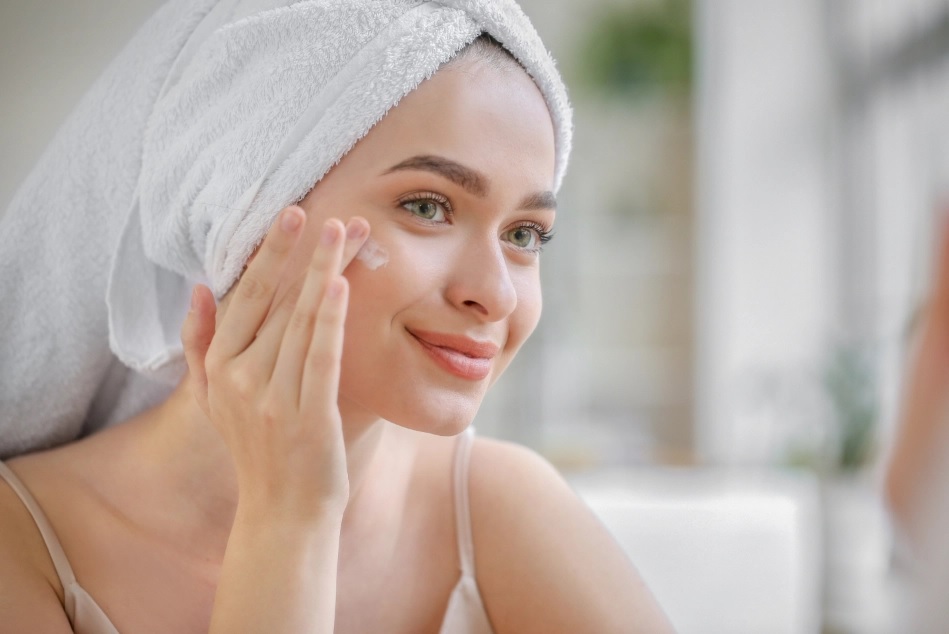What Is Clean Beauty?
One of the most important but also most misunderstood terms in the personal care industry is “clean beauty.” Like the term “natural,” clean beauty is not defined by the FDA, and thus has no manufacturing standards or definition that tells consumers whether a product is clean or not. Nevertheless, clean beauty products are exploding in popularity. They have the potential to make a significant positive impact on personal wellness and environmental sustainability.
The accompanying resource clarifies the term, and provides excellent guidance on how to select clean beauty products for your daily beauty routine.
As the resource points out, clean beauty has a fairly simple definition: It means nontoxic. Clean beauty products can have natural ingredients, synthetic ingredients, eco-friendly ingredients and preservatives, as long as none of those ingredients are toxic. This is a critically important point, and a point of confusion for many consumers. We cannot really use terms such as clean beauty and natural interchangeably, or assume that all synthetic ingredients are bad. An ingredient can be natural and toxic, and a preservative can be synthetic and nontoxic.
The question that naturally comes to mind is, which ingredients are toxic and which are nontoxic? Unfortunately, there is quite a bit of disagreement inside and outside the personal care industry over which toxic ingredients carry the biggest risk, and which nontoxic ingredients offer the biggest benefits for health and wellness. This resource does a great job of providing an overview to help consumers get started in clean beauty product selection. As the resource goes on to explain, however, consumers must do additional research and analysis to get an accurate and reliable idea about which products are truly clean beauty.
To learn more about clean beauty products and why you should be using them immediately, please read the accompanying resource.


Comments are closed.